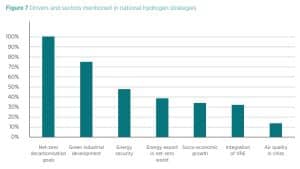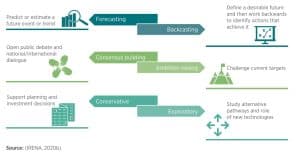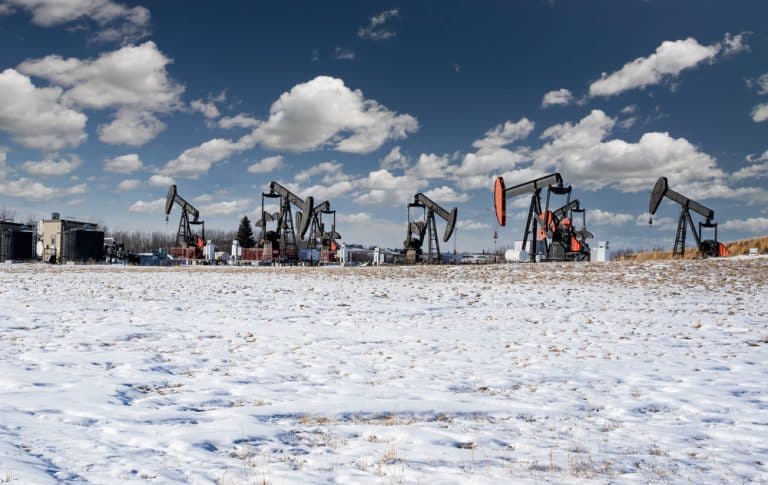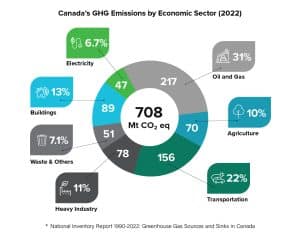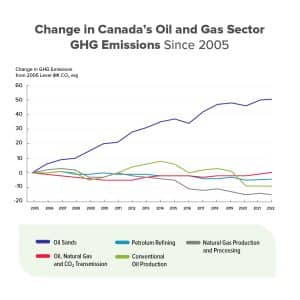IEA defines energy intensity as the amount of primary energy used to produce a given amount of economic output. It is the key global indicator to track energy efficiency- which is technically the rate of change in primary energy intensity.
At COP28, at least 200 countries pledged to double energy efficiency improvements by 2030. This is because this factor drives the world’s climate goals. Recently, IEA has rolled out its 2024 Energy Efficiency Report which has decoded the significance of energy efficiency with rising energy demands.
Let’s deep dive into this…
Energy Demand Surges with Electrification
A transition to electrification has gained ample significance with electricity’s share in total energy demand rising faster than in previous years. Electrification means shifting from fossil-fuel-powered systems to efficient electric alternatives. And this stands out as a positive force in an otherwise slow year for global energy efficiency.
The demand is further spurred by increased EV sales, industrial growth, and cooling needs, particularly in warmer regions. On the contrary, the demand for gasoline is slowing down in many regions due to the same reasons.
In 2024, the share of electricity in overall energy demand is expected to grow by nearly 2%, double the 1% average growth seen from 2010 to 2019.
Talking about EVs, the market continues to expand. IEA predicts, in 2024 EV sales can reach 17 million if one in five cars is sold worldwide. China remains a dominant player, accounting for about 60% of global EV sales last year. Overall, the EV boom is an example of electrification’s role in improving energy intensity even if overall efficiency progress remains modest.
However, reaching the net zero target by 2050 will require faster and sustained progress.
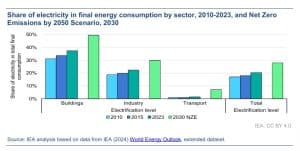
The Missing Piece in Achieving Net Zero Emissions
Energy efficiency is essential for reducing fossil fuel reliance and cutting emissions. In the IEA’s net zero pathway, ramping up energy efficiency could account for over 70% of the anticipated drop in oil demand and 50% of the reduction in gas demand by 2030. Thus, this energy efficiency is like the missing block that needs to be placed to bridge the net zero pathway.
However, the global efforts to reduce energy intensity are yet to reach targeted levels. In 2024, global energy efficiency progress is projected to improve by just 1%, the same rate as 2023, despite energy demand expected to rise by 2%.
Despite the historic pledge, a significant increase in policy action is necessary to accelerate the process of energy efficiency.
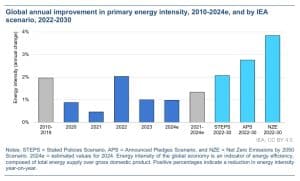
Energy Efficiency: Advanced Economies Slow in, Emerging Markets Pick Up
Last year advanced economies like the European Union and the United States showed strong improvements in energy intensity. In contrast, China, a long-time leader in energy efficiency gains, saw its energy intensity sharply decline from its decade-long average of 3.8% annual improvements. India’s progress also slowed, posting just 1.5% improvement.
However, in 2024, the momentum has shifted. Advanced economies are seeing slower energy efficiency progress, with the EU expected to improve by only 0.5% and the U.S. by 2.5%.
Meanwhile, emerging markets and developing economies (EMDEs) are starting to pick up the pace. China’s energy intensity is projected to improve by 1.5%, bouncing back from 2023’s decline, while India’s progress has accelerated to around 2.5%. Similar gains are anticipated in Southeast Asia, where energy efficiency initiatives are gaining traction.
As energy demand rises, maintaining efficiency improvements is becoming more challenging. Advanced economies are slowing, while EMDEs are showing modest progress. This shift highlights the need for tailored policies to drive efficiency across diverse regions and economic stages, especially when the world has already set an ambitious energy target.
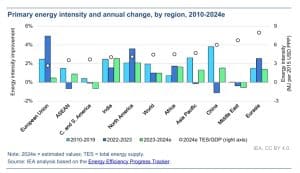
Flexibility: Eases Grid Strain and Boosts Affordability
Another system-wide theme highlighted by IEA is flexibility across the grid. As renewable energy grows globally, the need for flexibility to balance grids is rising. Traditionally, grids relied on thermal and hydropower for flexibility. But now, demand-side management—such as smart appliances and battery storage, is emerging to provide this flexibility.
Following record growth in renewables in 2023, when nearly 565 GW was added, scaling up flexible, efficient solutions is crucial to manage demand and stabilize prices.
Government Strategies
Governments worldwide are responding. For example, the UK plans to release its Flexibility Markets Strategy by the end of 2024. It will focus on building a flexible market that contracted 4 GW last year. Australia’s New South Wales initiative is adding 1 GW of grid stability projects, and the Netherlands is committing $108 million to support battery storage integration.
Consumer Level Shift
The shift is not just confined to government policies but is also happening at the consumer level. In the UK, the Demand Flexibility Service trial involved 2.6 million households and 8,000 businesses, shifting demand and saving over 3.7 GWh during winter 2023-2024.
In the US and California, several federal initiatives are directed at improving grid flexibility and the growth of EVs. They are looking ahead to achieve this with support for smart heat pumps, dynamic-rate pilot programs, and funding for community-based grid innovation.
Digitization
Digitization plays a vital role in unlocking flexibility. New data-sharing platforms and dynamic tariffs, like Octopus Energy’s real-time rate and EDF’s EV charging scheme, incentivize users to adapt their energy consumption to grid needs. This will ease pressure on the grid and improve affordability. These efforts also highlight the growing integration of renewables, flexibility, and consumer-driven innovations.
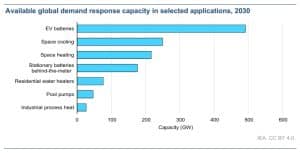

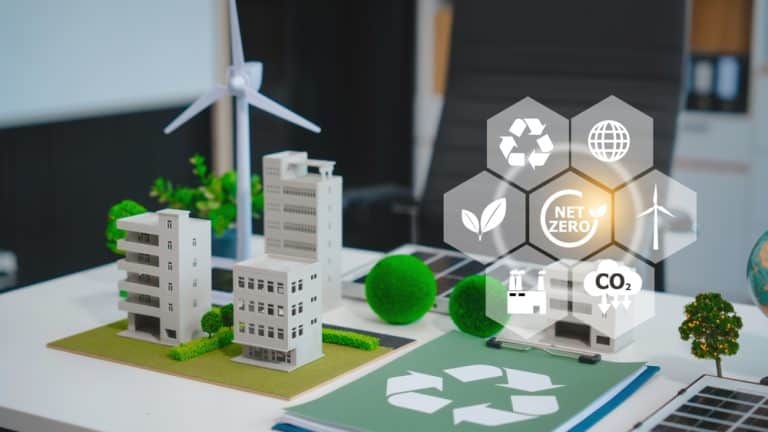
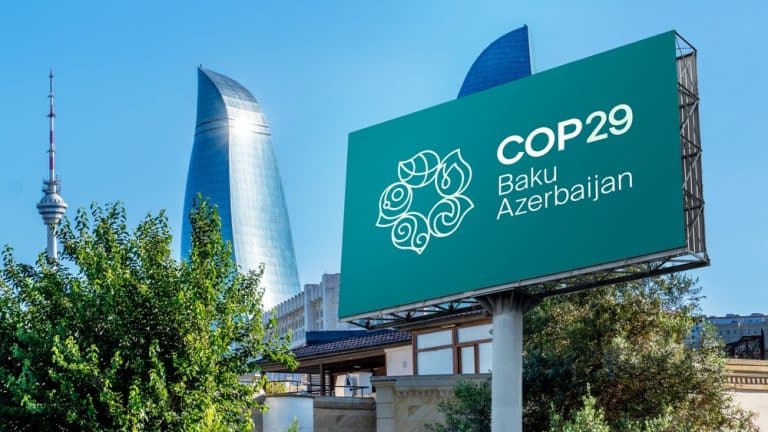
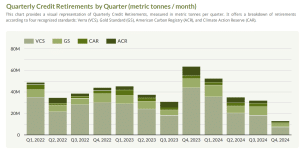
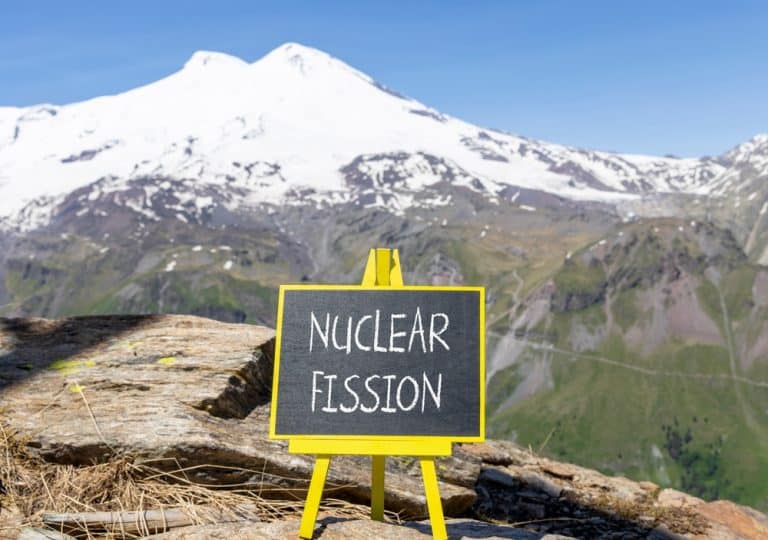
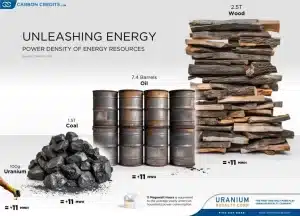
 Image Source: Oklo Inc
Image Source: Oklo Inc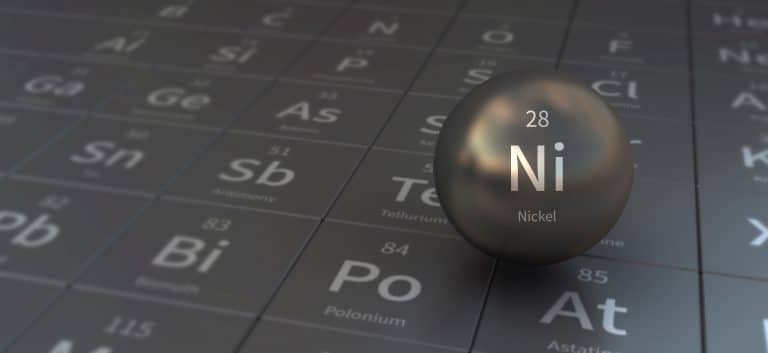
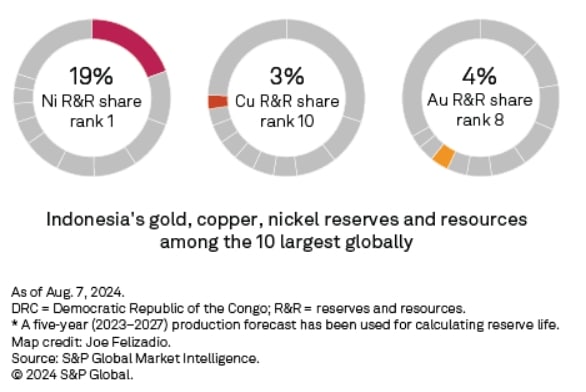
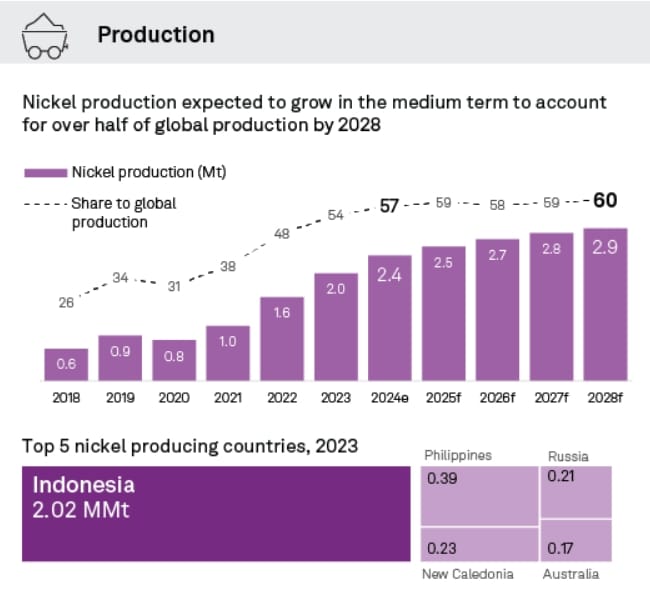
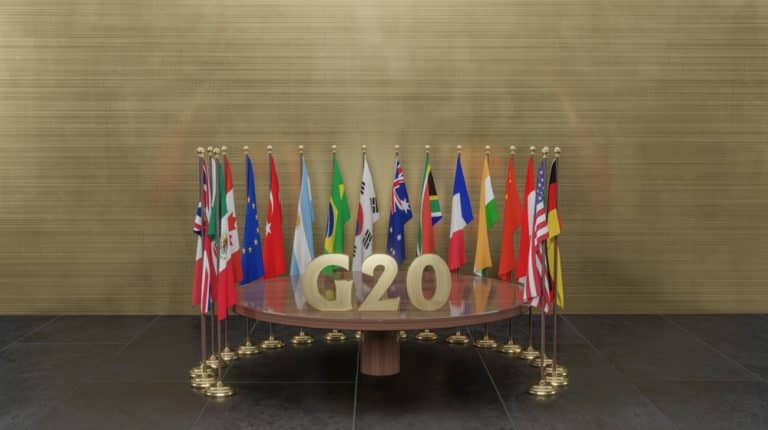
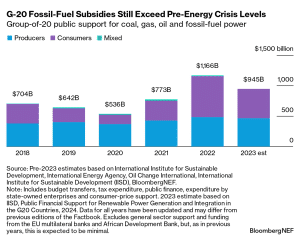
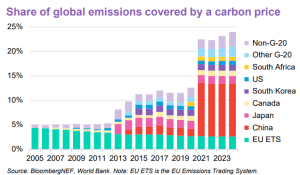
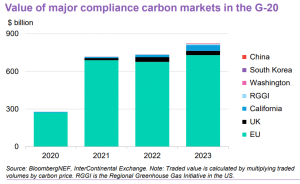
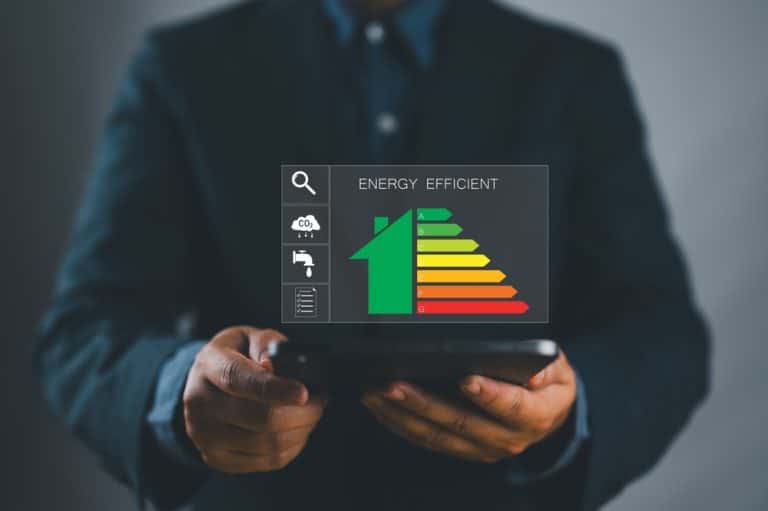
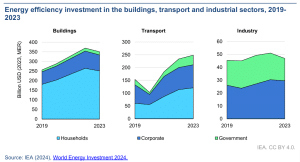
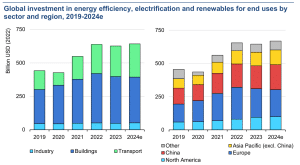
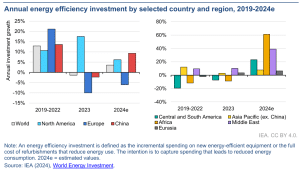
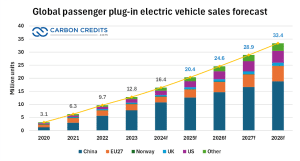
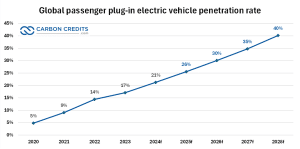
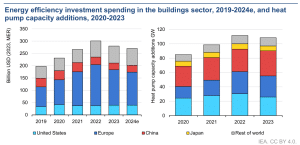
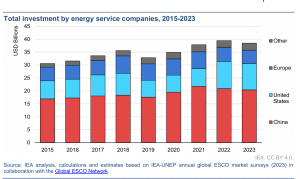


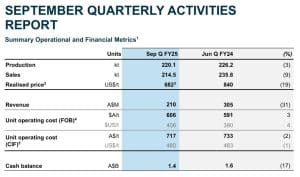
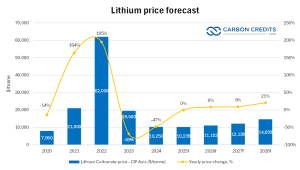
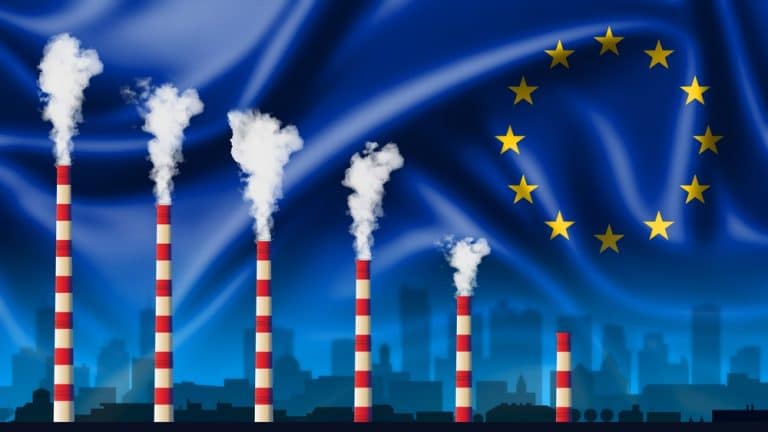
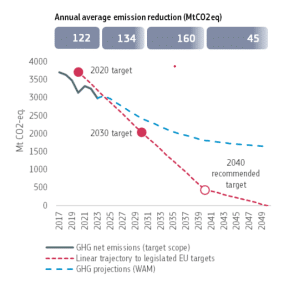
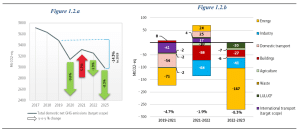
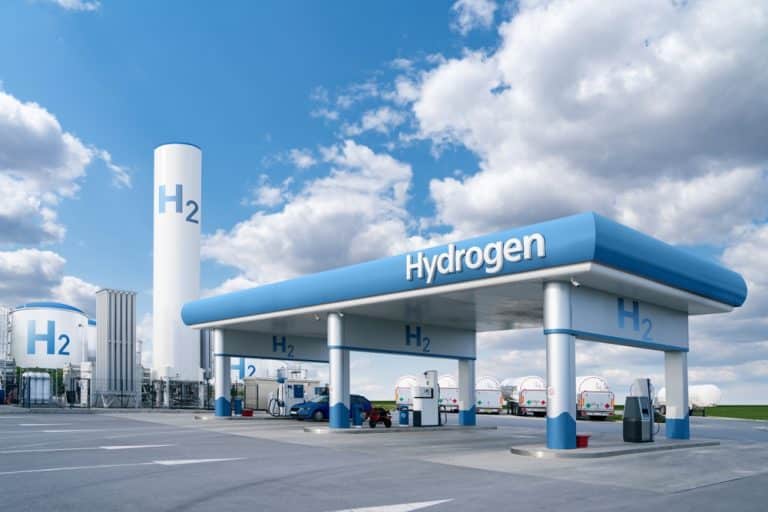
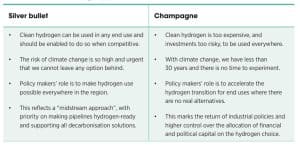 Source: IRENA
Source: IRENA